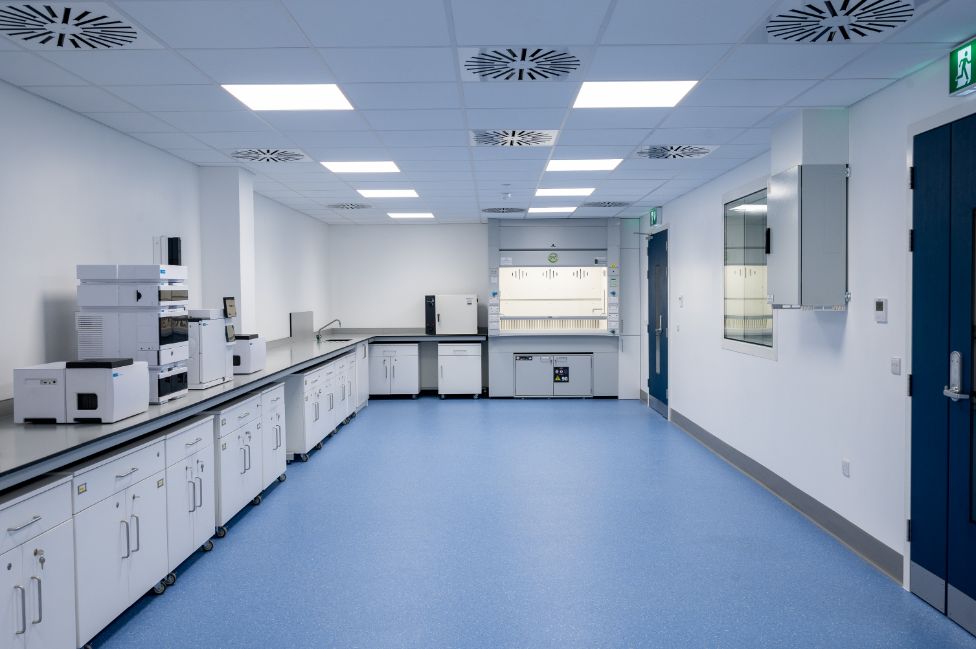How To Write A Results Section For A Lab Report

A well-written results section is critical to a lab report. It shows your reader the data you collected and how you analyzed it. The following tips will help you write a results section that is clear and concise.
1. Start by stating the purpose of the experiment and the experimental design.
2. Next, present the data in a clear and organized manner.
3. Use graphs and tables to visually present your data.
4. Use concise language to describe your results.
5. Explain the significance of your findings.
6. Make sure your results section is consistent with the rest of your report.
What do you include in the results section of a lab report?
The results section of a lab report is where you present the data you collected while performing the experiment. This section should be a concise summary of the data, without any interpretation or analysis. You should include all of the relevant data, including the raw data, the means, and the standard deviations.
How do you introduce a results section in a lab report?
A results section in a lab report is where you present the data you collected from your experiment. The results section should be organized in a logical manner, with subsections if necessary.
The first step in writing the results section is to organize your data. This may mean creating tables or graphs to display your data. Make sure that your tables and graphs are clear and easy to read.
Next, describe your data. Use clear, concise language to explain what your tables and graphs show. Be sure to explain the significance of your data.
Finally, write a conclusion based on your data. What did your experiment show? What implications does your data have?
How do you write the results of an experiment?
There are a few key things to keep in mind when writing up the results of an experiment. First, be clear and concise in your writing, and use proper scientific notation and terminology. Next, make sure to describe the experiment in detail, including the methods used and the results obtained. Finally, explain the significance of your findings, and discuss how they may impact the field of science.
How do you write results and discussion in a lab report?
The results and discussion sections of a lab report are where you explain what you found in your experiment and what it means. This is a chance to show off your scientific thinking skills and explain your results in a clear and concise way.
To write the results section, you should first describe all of the data that you collected.
This includes the raw data, as well as any calculations or graphs that you made. Be sure to describe the units that your data are in, and to use appropriate scientific notation.
After you have described the data, you should explain what it means. This is where your scientific thinking skills come in handy! You should be able to explain how your data support or contradict your original hypothesis, and you should also be able to explain the implications of your findings.
The discussion section is where you go one step further and explain the implications of your findings. This is where you can talk about how your findings might be used to improve scientific understanding or to develop new treatments or technologies. You should also be sure to mention any limitations of your study, and to suggest further research that could be done to expand on your findings.
Lab report discussion example
A lab report discussion example can help you understand how to write a lab report. It can also help you understand what information is included in a lab report.
A lab report is a written document that describes an experiment and the results of that experiment. It includes a discussion of the results and the implications of those results.
The discussion section of a lab report includes a summary of the results, a discussion of the implications of the results, and a conclusion.
The summary of the results includes a description of the experiment and the results of the experiment. The discussion of the results includes a discussion of the significance of the results and the implications of the results. The conclusion includes a summary of the findings of the experiment and the implications of those findings.
A lab report discussion example can help you understand the structure of a lab report and the information that is included in a lab report. It can also help you understand the purpose of the discussion section of a lab report.